One of the defining characteristics of Transfield's history is that it ventured into areas that had
Page Media:
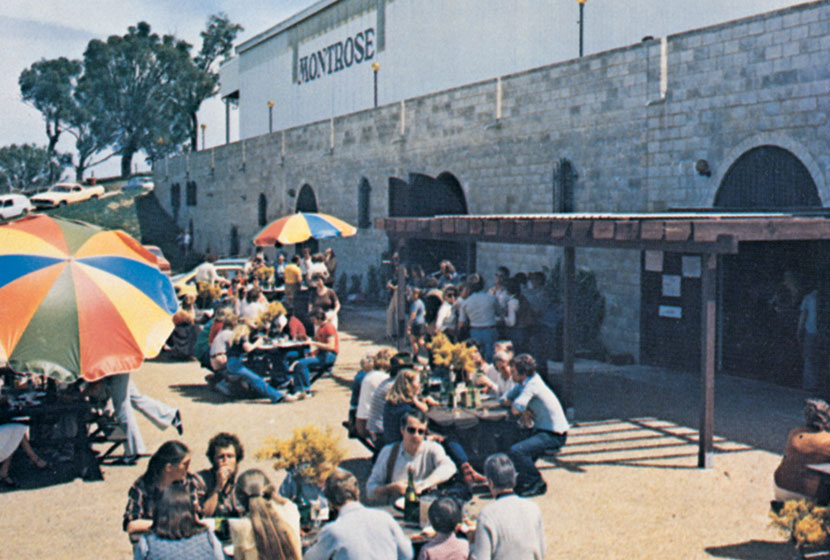
One of the defining characteristics of Transfield's history is that it ventured into areas that had
Page Media:
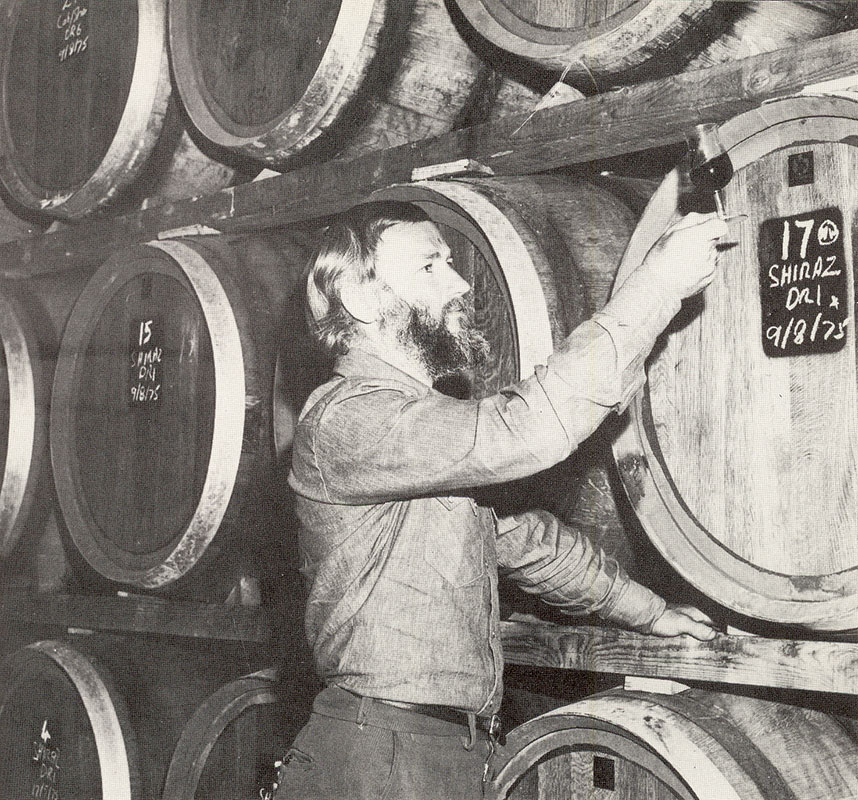
Montrose Wines was established in 1974 in Mudgee, NSW, close to the home of Australian poet Henry Lawson. Its first stage was completed just in time for wines to be made from the 1975 season. The first vigneron employed by Transfield did not last long, as he found difficult to deal with temperamental Italians.
Page Media:

As was the case for Transavia, Transfield's long-term involvement in winemaking was also the result of a casual remark made by a young winemaker in far-away Northern Italy.
In 1975, a vigneron from Griffith, NSW, went to Alba, Italy, to visit his parents. During a conversation with a local winemaker, Carlo Corino, they spoke about employment in Australia. Half jokingly, Corino said: "If you can find me a job, I will go there".
Few days later, Corino received in Alba a call from Transfield, Sydney, telling him in no uncertain terms "You come here. We will pay the fare. You stay here 2 or 3 weeks. You have a look around and you make up your mind". That was the way Transfield was doing business at that time.
Page Media:
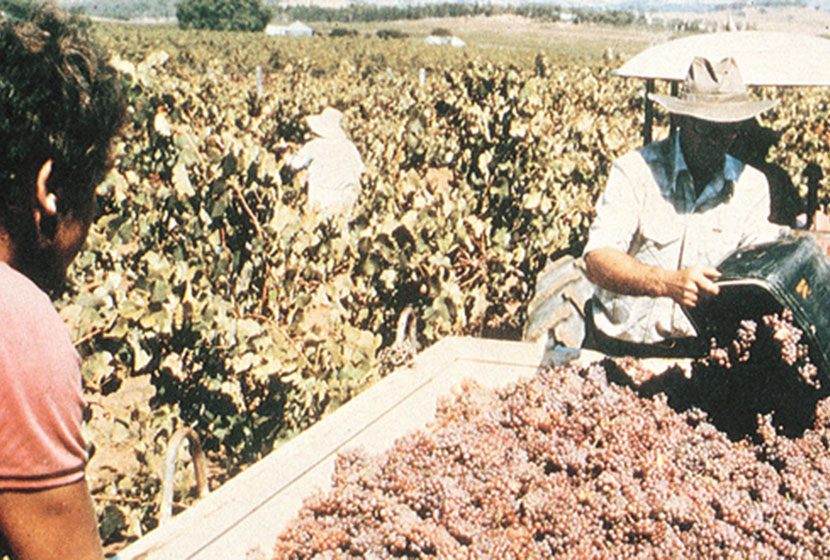
Corino arrived in Mudgee in October 1976, to take charge of Montrose Wines, thus starting a 12-year partnership with the company.
By then, the winery owned 200 acres of land, and a further 250 were purchased later in Eurunderee, where the first stage of the winery, designed and built by Sabemo, had been completed in February 1975.
Page Media
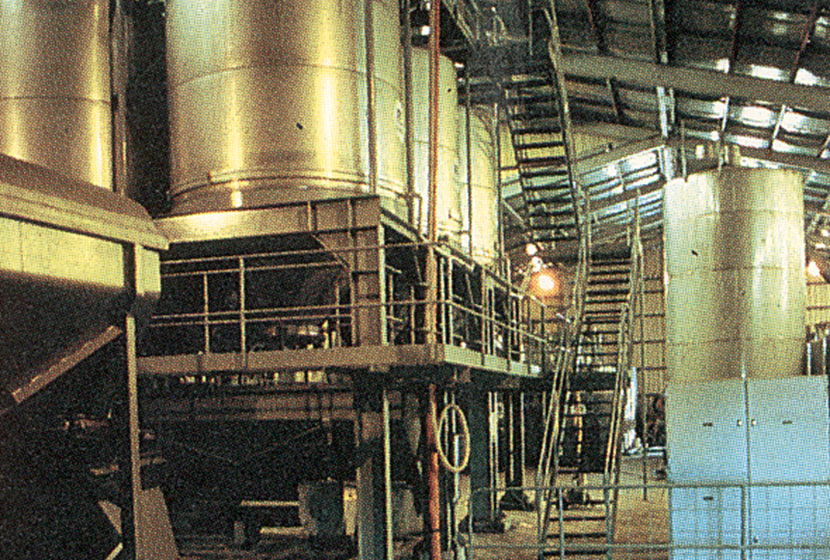
There were few people employed by Montrose; two men, a secretary, an engineer-fitter and four permanent employees to tend the vineyards. Casual labour was brought in for the bottling and the labelling. Corino was the only Italian.
The beginning was difficult for Corino. Viticulture in Australia was very different from Italy, where the main problem was too much rain, while in Australia the opposite was the case. Also, he had to understand which sort of wine he was supposed to produce and which type of grapes to use.
Page Media
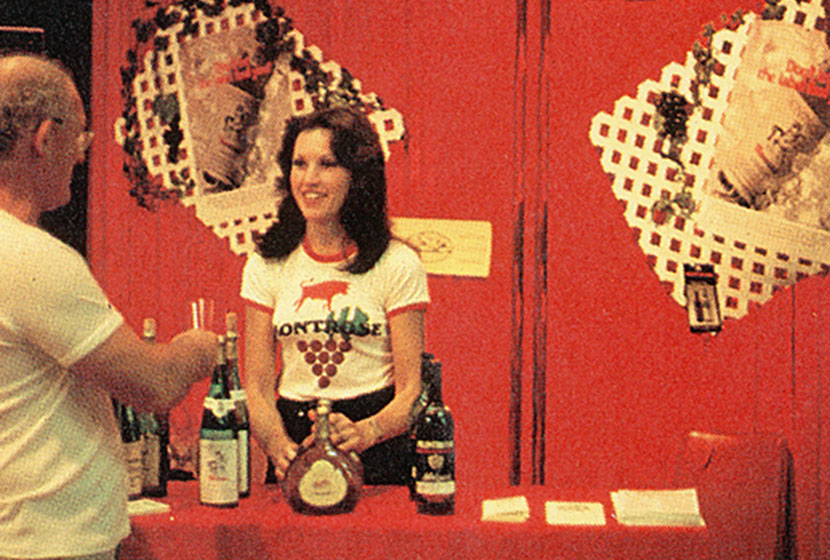
By 1978, Montrose Wines was a $2-3 million business, important to the town's economy, as it was buying most of Mudgee's grapes since its vineyard was too small.
Corino was of the opinion that Franco Belgiorno-Nettis was prouder of his Italian winemaker than his Australian wines and that Transfield was more concerned with making wine than selling it.
After years of hard work, Montrose carved for itself a reasonable slice of the local market. In December 1984, it achieved a breakthrough when 500 cases of one of its medal winning red wines were exported to Sweden.
Page Media:
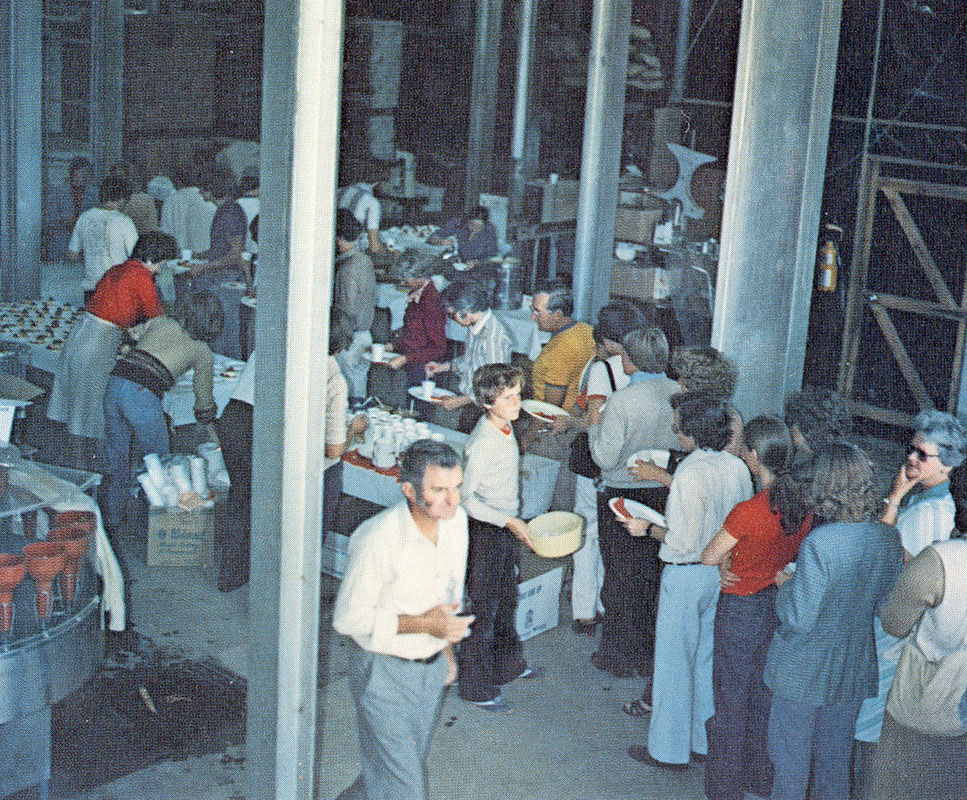
In June 1987, Montrose purchased Mudgee's Amberton Wines. This move, following Montrose's takeover of Craigmoor Winery in 1983, was an indicator of the success of Transfield's foray into the wine business. Craigmoor was the oldest winery in NSW, dating back to 1860, planting the first chardonnay grapes in Australia.
At a time when Montrose's sales in the United States were booming, the new acquisitions increased Montrose's grape intake to about 1,000 tonnes and its area under vine by 80 hectares. Part of the old building was converted into a restaurant, managed by Corino's wife, Franca. The restaurant fast acquired a reputation as the finest place to eat in the district.
Page Media
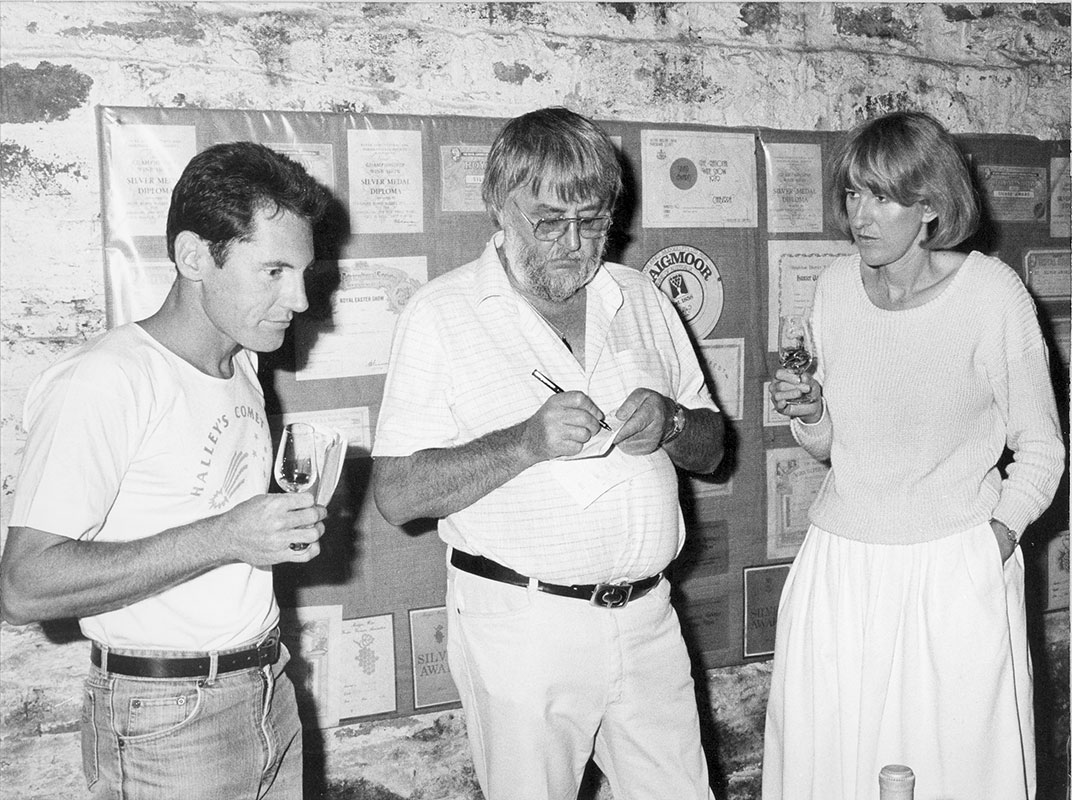
However, at the end of the 1980s, Transfield was compelled to place on the market a number of its assets. The acquisition of both the Williamstown Dockyard in Melbourne and the AMECON defence consortium were stretching the company's finances.
In April 1988, Transfield sold the Montrose, Craigmoor and Amberton Wineries to Wyndham Estate Wineries for approx. $10 million.
Page Media:
The Montrose Story